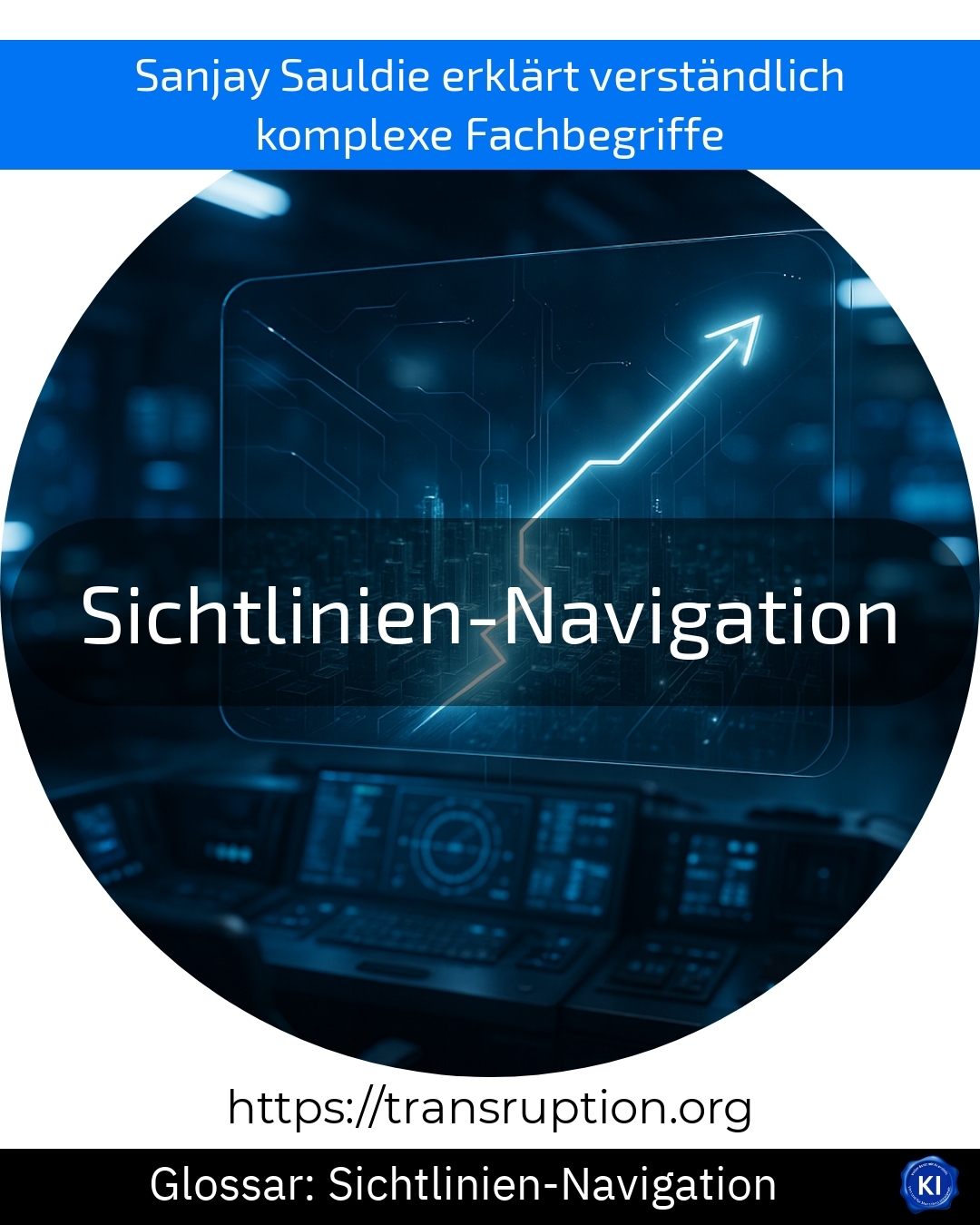Line-of-sight navigation is primarily used in the fields of Industry and Factory 4.0, artificial intelligence and automation. The concept describes a method in which machines, robots or vehicles use optical aids such as cameras or sensors to recognise certain lines or markings on the floor and follow them automatically. The aim of line-of-sight navigation is to make it easier for machines to orientate themselves so that they can move safely and efficiently in their working environment.
An illustrative example of this is the use of autonomous transport robots in modern warehouses. These robots follow painted lines on the floor or special coloured stripes. They detect these lines with cameras and autonomously navigate to shelves or transport boxes without the need for human intervention.
Thanks to line-of-sight navigation, work processes are automated and operational safety is increased, as robots always find their way reliably. The technology is particularly useful where consistent and predictable routes are required, for example when delivering components to an assembly station. The concept of line-of-sight navigation therefore plays a central role in the planning of automation projects.















